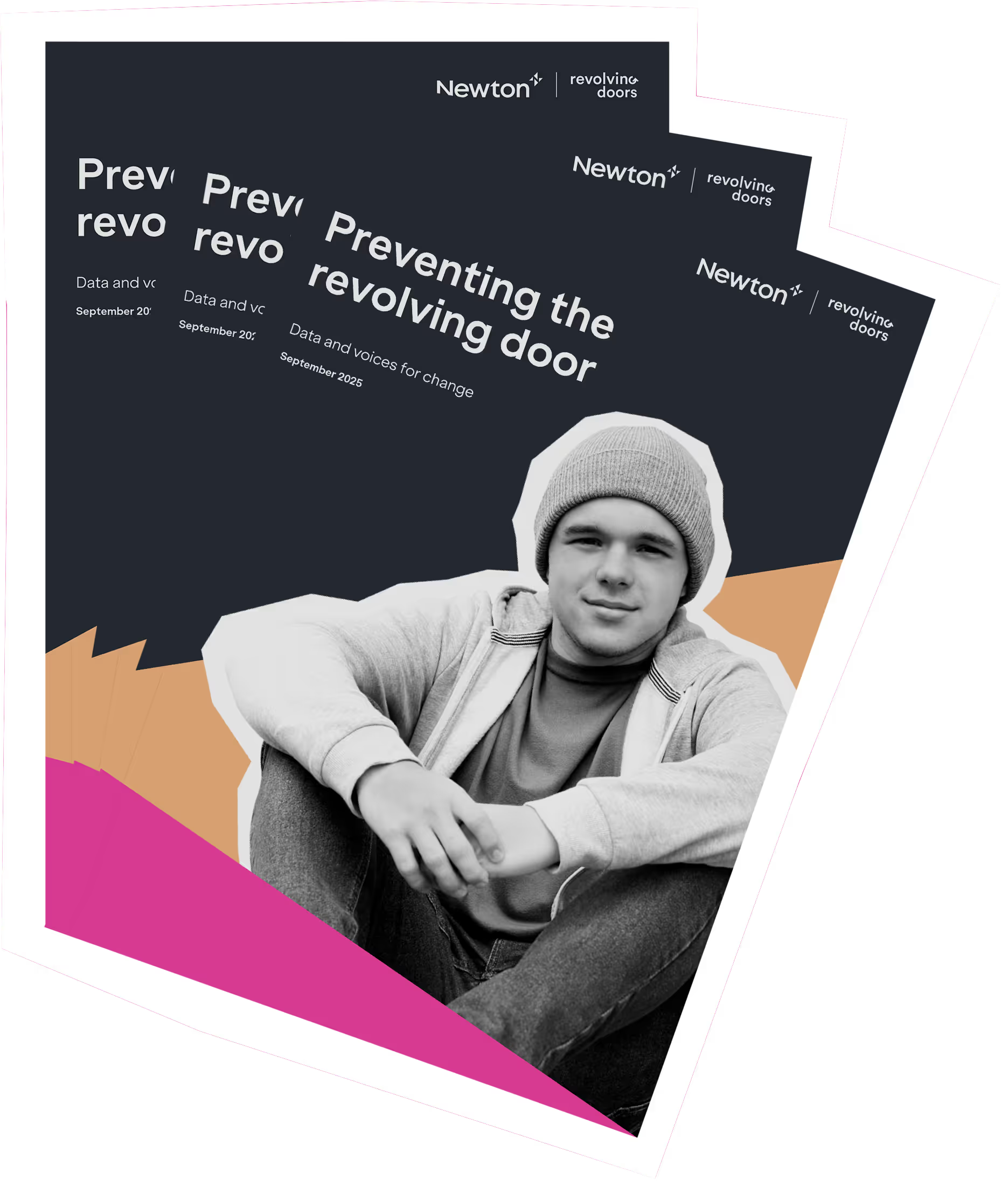
Reflections by Kate Green
Deputy Mayor for Safer and Stronger Communities, Greater Manchester
If we are to reduce crime and prevent people from becoming trapped in cycles of offending, we must first understand it. That is not easy. Crime is rarely the product of a single choice or circumstance; it is shaped by a web of social, economic, and personal factors that reach far beyond the moment an offence takes place.
Recognising this complexity is challenging, but without doing so, we risk responding only to the symptoms rather than the causes. We must also understand the impact of crime on people and communities if we are to provide reassurance and build a consensus as to how we might collectively reduce harm and offending.

Up to £5bn in social and economic costs
The impact of this cycle is profound, with at least 130,000 crimes every year, costing the public around £1bn, with wider social and economic costs likely topping £5bn. Yet behind these numbers are people with complex lives whose needs go unmet. Too often, services step in late, work in silos, or through criminal justice routes rather than early, joined-up, person-centred support – perpetuating reoffending that could otherwise be prevented.
For the first time, this report shows how early, community-based support can break the cycle. It combines cross-service data analysis with lived experience to show who the revolving door cohort are, why they matter, and what a smarter approach could achieve.
It brings fresh evidence and practical solutions for policymakers, practitioners, the public, and people with lived experience – pointing to a preventative, more compassionate approach that eases pressure on services, saves money, and delivers safer communities with better outcomes for individuals.



The case for change
The May 2025 Sentencing Review proposes ending short prison sentences in all but exceptional cases, creating a pivotal opportunity to focus on community-based alternatives that rehabilitate rather than punish. Alongside this, the 2025 Leveson Review provides guidance on redesigning services and pathways across different regions and demographics.
Together, these reviews open the door for a step change. If Government can proactively identify and engage this cohort with the right support, at the right time, it could not only relieve pressure on an already overstretched criminal justice system, but drive meaningful outcomes for victims, people and communities. The scale of the challenge is significant – but so too is the potential for transformation and change.
Useful links

Tackling persistent crime by addressing the root causes, not just the symptoms.

The revolving door of crisis and crime is one of the most persistent challenges facing public services.

A collaborative approach, where lived experience meets cutting-edge data analytics.
Read more about the research process, key findings, and expert recommendations.


